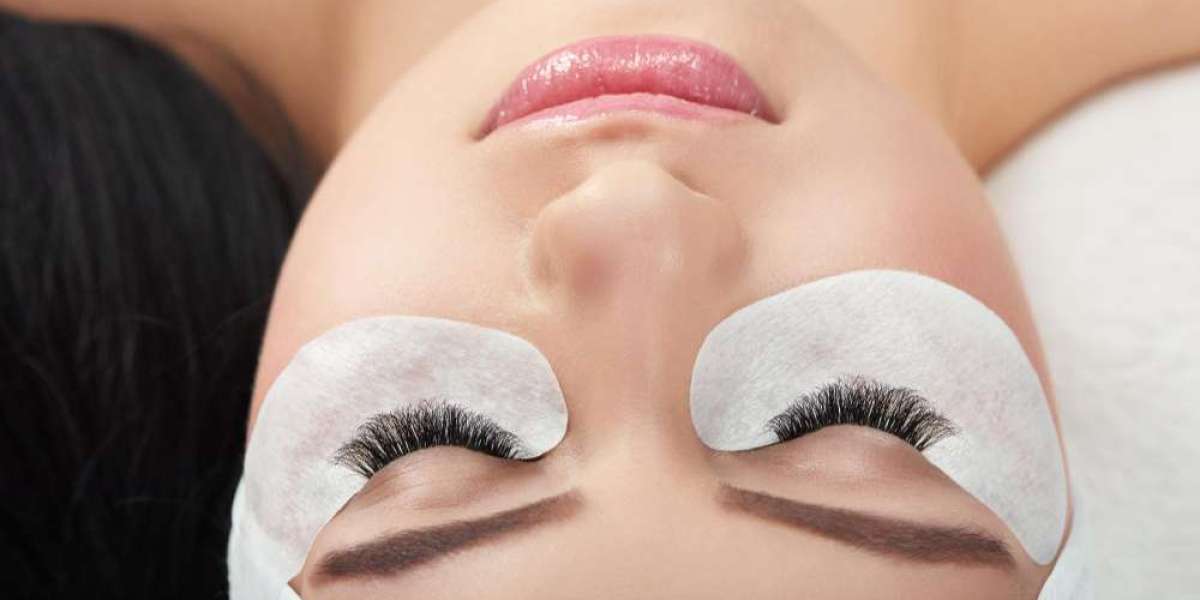The Post Shave Care Market is shaped not only by consumer preferences but also by stringent regulatory frameworks that govern product safety, labeling, and ingredient usage. With increased scrutiny on personal care products and growing demand for transparency, regulatory compliance has become a cornerstone of market entry and long-term sustainability for brands worldwide.
Importance of Regulatory Compliance in Post Shave Care
Post shave care products—such as balms, gels, creams, and sprays—are applied directly to freshly shaved skin, which is often more sensitive and prone to irritation. This proximity to the skin’s surface elevates safety standards and compels regulatory bodies to enforce strict guidelines concerning:
Ingredient safety
Product labeling and claims
Manufacturing practices
Allergen disclosure
Packaging and shelf life
Failure to meet regulatory standards can result in product recalls, bans, reputational damage, and legal penalties, making compliance a non-negotiable priority.
Key Regulatory Authorities and Standards
1. United States – FDA Compliance
In the U.S., the Food and Drug Administration (FDA) regulates cosmetics under the Federal Food, Drug, and Cosmetic Act (FD&C Act). While post shave products are typically considered cosmetics, any product making therapeutic claims—such as “heals razor bumps” or “treats inflammation”—may be classified as an over-the-counter (OTC) drug.
Requirements include:
No inclusion of banned or restricted substances
Accurate and non-misleading labeling
Good Manufacturing Practices (GMP)
Ingredient declaration in descending order
2. European Union – EU Cosmetics Regulation (EC) No 1223/2009
The EU maintains some of the most comprehensive cosmetic regulations globally. Products must be registered in the Cosmetic Product Notification Portal (CPNP) and have a designated Responsible Person (RP) within the EU.
Requirements include:
Safety assessment and product information file (PIF)
Notification to CPNP prior to market entry
Compliance with the EU’s banned and restricted ingredients list
Labeling in accordance with INCI (International Nomenclature of Cosmetic Ingredients)
3. Asia-Pacific Regulations
In countries like Japan, China, India, and South Korea, the regulatory landscape varies widely:
Japan: Products are regulated by the Ministry of Health, Labour and Welfare. Cosmetic registration and ingredient safety are paramount.
China: All imported cosmetics require animal testing (though exemptions are emerging for certain general cosmetics).
India: Overseen by the Central Drugs Standard Control Organization (CDSCO), requiring licensing and labeling standards aligned with the Drugs and Cosmetics Act.
Clean Label and Ingredient Transparency
With the rise of conscious consumerism, regulatory expectations are aligning with consumer demands for ingredient transparency and ethical formulations. Claims such as “natural,” “organic,” “cruelty-free,” and “paraben-free” must be substantiated and may be regulated differently depending on the region.
Brands must also disclose potential allergens and ensure accurate labeling for vegan or hypoallergenic claims. Any misleading marketing or unverified claims can invite scrutiny from watchdog organizations and regulatory bodies.
Challenges in Global Regulatory Compliance
Regulatory Fragmentation: Different countries maintain distinct standards, forcing brands to tailor product formulations and labels for each region.
Ingredient Restrictions: A permissible ingredient in one market may be banned in another, complicating product development.
Documentation Burden: Safety assessments, technical dossiers, and GMP documentation must be maintained and updated regularly.
Companies must invest in regulatory expertise and adapt agile compliance strategies to meet these demands.
Strategic Response by Market Leaders
Leading brands in the post shave care segment are responding to regulatory demands by:
Employing in-house or third-party regulatory consultants
Investing in traceability and ingredient sourcing systems
Prioritizing compliant product innovation from the R&D stage
Leveraging digital platforms for transparent communication and education
This proactive approach not only ensures market access but also builds consumer trust and brand credibility.
Conclusion
The regulatory landscape of the post shave care market is increasingly complex, shaped by evolving global standards and growing consumer awareness of product safety. Compliance is more than a legal requirement—it’s a strategic imperative. Brands that stay ahead of regulatory trends and invest in transparent, safe, and compliant formulations will lead the market in both trust and growth.








